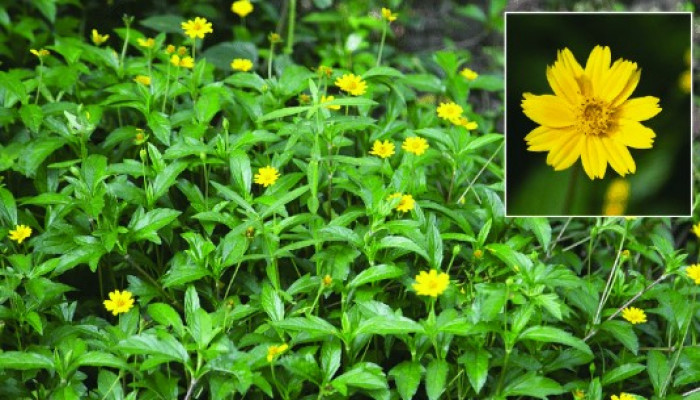241 invasive plants mapped across 7 South Asian countries; India tops the list
- In Reports
- 06:49 PM, Dec 06, 2023
- Myind Staff
Scientists from India and six other countries have teamed up to make a list of 241 plants that have become a problem in South Asian countries. These plants, known as Invasive Alien Species (IAS), can cause issues in local environments. India has the highest number, with 185 such plants. Anzar A Khuroo, a professor at the University of Kashmir, explained that similar lists have been made by European countries and for Central America, which includes seven countries. This helps us understand the impact of these plants on the environment.
Invasive Alien Species (IAS) are plants and animals introduced outside their usual habitat, causing harm to local biodiversity, ecosystems, and even human well-being. They pose a significant global threat to biodiversity and food security. Among seven countries studied, India leads with 185 invasive alien plants, followed by Bhutan (53), Sri Lanka (45), and Bangladesh (39). Maldives has the least with 15, while Nepal and Pakistan have 30 and 29 such species, respectively.
Published in the September 2023 issue of the peer-reviewed journal 'Biological Invasions,' the study involved researchers from India, Pakistan, Bangladesh, Australia, Nepal, Bhutan, and Sri Lanka. Notably, participants from the University of Kashmir, the National Remote Sensing Centre, and Kerala Forest Research Institute represented India.
The research identified Southern America as a major contributor to invasive species in South Asia, indicating a favourable tropical climate for their establishment. The study found that the majority of invasive plants in South Asia originated from Southern America (142), followed by Northern America (66), Africa (42), and Europe. About 40% of these plants were introduced accidentally, 24% arrived as stowaways, such as in ship ballast water, and 21% were intentionally released.
The study's big discovery is that plants from Southern America cause the most trouble in South Asia due to the matching tropical climate. So, we need to be careful with these plants. One plant called 'Lantana camara,' brought in by the British, is now causing problems in all seven countries. Three others are causing issues in six countries, and two more in at least five countries. Out of the 241 plants they looked at, 150 are only causing problems in one country.
Climate change makes the problem of Invasive Alien Species (IAS) worse. It helps these species spread and find new places to live. This affects natural areas, farms, and cities, making them less able to handle climate change. On the other side, climate change makes habitats less able to resist these invasive species, affecting safety and people's lives.
Another study found that IAS has cost the Indian economy a lot of money, between ₹8.3 trillion to ₹11.9 trillion (US$127.3 billion to 182.6 billion) from 1960 to 2020. These costs are increasing over time. Out of the 241 species they looked at, most of them (236) are flowering plants. There were also three seed-producing plants (like pine trees) and two pteridophytes.
Asteraceae, including sunflower and marigold, leads with 156 invasive species in South Asia. Fabaceae (36) and Solanaceae (18) follow. The genera Acacia has the highest number of invasive species. Common in Delhi, vilayti kikar belongs to the Fabaceae family. Invasive plants consist of 65% perennials, 34% annuals, and 1% biennials, with herbs (146) being the most common growth form, followed by shrubs (38), trees (30), climbers (20), subshrubs (4), and vines (3).
The study highlights the need for more research in South Asian countries with limited data on invasive plants and animals. Lead author Ruquia Gulzar from the University of Kashmir emphasizes a global gap in data from South Asia and Africa in a recent report by the Intergovernmental Platform on Biodiversity and Ecosystem Services (IPBES). The Kunming-Montreal Global Biodiversity Framework's Target 6 aims to reduce the impact of Invasive Alien Species (IAS) on biodiversity and ecosystems by at least 50% by 2030.
Image source: Reserchgate







Comments